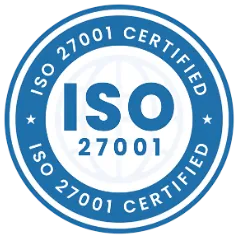For organizations that rely on physical assets, tracking and managing those resources efficiently is critical. RFID asset tracking has emerged as a key technology to streamline asset management, improve accuracy, and enhance visibility in real-time. From inventory control to equipment management, RFID has become a go-to solution for businesses aiming to stay competitive. In this comprehensive guide, we’ll explore the essentials of RFID and how it’s revolutionizing the world of asset tracking.
What Is RFID?
RFID stands for Radio Frequency Identification. It is a technology that uses electromagnetic fields to automatically identify and track tags attached to objects. The tags contain electronically stored information, which can be read from a distance using RFID readers. Unlike barcodes, RFID does not require a direct line of sight to the object, making it faster and more efficient.
RFID is transforming asset management by allowing businesses to track physical assets more accurately and in real-time, without the manual labor often required with traditional methods like spreadsheets or barcodes. It provides a seamless, automated approach to asset tracking, ensuring businesses have up-to-the-minute data on their valuable resources.
What Is RFID Asset Tracking?
RFID asset tracking refers to the process of attaching RFID tags to physical assets and using RFID readers to monitor their movement, condition, and location. This system allows businesses to automate inventory control, monitor asset usage, and reduce the risks of theft or loss.
RFID asset tracking is especially useful for industries with large numbers of mobile assets, such as healthcare, manufacturing, and retail. It enables organizations to maintain a clear understanding of where their assets are at any given moment, improving operational efficiency and reducing costs.
How Does RFID Tracking Work?
RFID tracking is a relatively straightforward process that involves several key components working together:
- RFID Tags: These are attached to the asset being tracked. Each tag stores data, such as the asset’s ID, condition, and location.
- Antenna: The antenna communicates with the RFID tag, sending out radio signals that activate the tag.
- RFID Reader: This device receives the data from the tag and forwards it to a central database or tracking system.
- Database: Once the data is collected, it is stored in a database where it can be analyzed and actioned, allowing businesses to track asset movement and condition in real-time.
RFID tracking works by emitting radio waves from the antenna, which activates the RFID tag. The tag then sends its information back to the reader, which transfers the data to the system for processing.
What Are the Benefits of Using RFID to Track Assets?
The adoption of RFID for asset tracking offers several compelling advantages:
- Improved Efficiency: RFID automates the tracking process, eliminating the need for manual data entry and significantly reducing labor costs. Businesses can track multiple assets simultaneously, speeding up processes like inventory checks and reducing human error.
- Real-time Data Collection: RFID provides real-time updates on asset location and status, giving businesses instant visibility over their assets. This allows organizations to respond quickly to changes or issues, preventing downtime or lost assets.
- Enhanced Security: With RFID, businesses can reduce the risk of theft or loss by continuously monitoring assets. The system allows for real-time alerts when assets move outside of designated zones.
- Cost Reduction: By automating asset tracking and reducing errors, RFID helps businesses cut operational costs. The technology also allows for better asset utilization, reducing unnecessary purchases and maximizing asset lifecycles.
For companies using Asset Infinity, the integration of RFID technology takes asset tracking to the next level. The platform’s RFID capabilities provide real-time insights and streamlined management, helping businesses optimize their asset usage and reduce costs.
Challenges and Limitations of RFID Asset Tracking
While RFID offers significant benefits, it also comes with some challenges and limitations that businesses should be aware of:
- Cost of Implementation: Although RFID is relatively affordable compared to older technologies, the initial setup can still be costly, particularly for smaller businesses. The cost of RFID readers, tags, and infrastructure can add up.
- Signal Interference: RFID signals can be affected by metal or water, limiting their effectiveness in certain environments. This can reduce accuracy and require additional investment in specialized RFID tags or systems.
- Tag and Reader Compatibility: There are different types of RFID tags and readers available, and not all are compatible. Businesses must carefully select the right combination of hardware to ensure seamless operation.
- Privacy Concerns: As RFID tags store and transmit data wirelessly, some industries (e.g., healthcare) may face concerns about data security and privacy. Proper encryption and security protocols are necessary to address these issues.
When implementing RFID, businesses need to weigh these challenges against the benefits to determine the best approach for their operations.
What Are the Different Types of RFID Tags?
RFID tags are typically classified into three categories based on how they operate:
- Active RFID Tags: These tags have their own power source (usually a battery) and can actively transmit signals to RFID readers. They are ideal for long-range tracking (up to 150 meters) and are often used in environments like large warehouses or outdoor tracking.
- Passive RFID Tags: Unlike active tags, passive RFID tags do not have an internal power source. Instead, they rely on the signal from an RFID reader to power them. These tags are inexpensive, have a longer lifespan, and are commonly used for inventory management.
- Semi-passive RFID Tags: Semi-passive tags contain a battery, but they only transmit data when activated by a reader. This allows for greater data storage and longer communication ranges than passive tags but without the higher costs associated with active tags.
Each tag type serves different purposes, and the choice of tag depends on the business’s specific needs and the environment in which it will be used.
What Are the Different Levels of Frequency for RFID?
RFID systems operate at different frequency ranges, each suitable for specific applications:
- Low Frequency (LF): Operating between 125 to 134 kHz, LF RFID is best for short-range communication, typically up to 10 centimeters. It is often used in animal tracking and access control due to its ability to penetrate through water and metals.
- High Frequency (HF): With a frequency of 13.56 MHz, HF RFID is used for mid-range tracking, with a range of about 1 meter. This is common in applications like library books, access badges, and smart cards.
- Ultra-High Frequency (UHF): Operating between 433 MHz and 860-960 MHz, UHF RFID provides long-range tracking of up to 150 meters. It is best for environments where assets need to be tracked over larger distances, such as in logistics or warehouse management.
Selecting the right frequency is essential for ensuring that the RFID system meets the needs of the business.
RFID Vs. Barcode: Which Technology Is Best for Tracking Assets?
While RFID and barcodes are both widely used for asset tracking, they serve different purposes, and each has its own strengths and weaknesses.
- Speed: RFID outperforms barcodes in terms of speed, as it can scan multiple tags at once and does not require line-of-sight. Barcodes, on the other hand, must be manually scanned one by one.
- Durability: RFID tags are generally more durable and can withstand harsh conditions, whereas barcodes can be easily damaged and rendered unreadable.
- Data Capacity: RFID tags store more data than barcodes. A typical barcode can hold about 20-25 characters, while RFID tags can store up to several kilobytes of data.
- Cost: Barcodes are cheaper to implement initially, making them a good option for businesses with smaller inventories. RFID, while more expensive upfront, offers better long-term value through improved efficiency and real-time tracking.
Choosing between RFID and barcodes depends on the scale of the business and its specific tracking needs. For larger organizations with complex inventory systems, RFID offers better scalability and accuracy. For smaller businesses, barcodes may be sufficient.
Industries Using RFID for Asset Tracking
RFID technology is being adopted across various industries to improve asset tracking and operational efficiency. Some of the industries where RFID is most commonly used include:
- Manufacturing: RFID helps manufacturers track raw materials, equipment, and finished goods throughout the production process.
- Healthcare: Hospitals use RFID to track medical equipment, patient records, and even pharmaceuticals, ensuring critical assets are available when needed.
- Retail: RFID improves inventory management in retail, allowing businesses to monitor stock levels, reduce theft, and enhance customer service.
- Logistics: RFID is widely used in logistics to track shipments, monitor warehouse stock, and streamline supply chain management.
For organizations using Asset Infinity, RFID provides real-time insights into asset movement and status, helping to reduce errors and improve operational efficiency across various sectors.
Implementing RFID Asset Tracking in Your Organization
To successfully implement an RFID asset tracking system, businesses should take a structured approach:
- Assess Needs: Identify the specific assets to track and determine the goals of the RFID system, such as improving inventory accuracy or reducing asset theft. This ensures that the RFID system aligns with your business objectives.
- Choose the Right Hardware: Selecting the appropriate RFID tags, readers, and antennas is crucial. For instance, passive RFID tags are ideal for short-range applications like inventory management, while active tags are better suited for long-range tracking, such as fleet management. Make sure to also evaluate the environment in which the system will be deployed, as certain materials like metal or water may interfere with RFID signals.
- Integrate RFID with Asset Management Software: To fully benefit from RFID, it should be integrated with a comprehensive asset management platform like Asset Infinity. This allows for real-time monitoring, automated reporting, and data analytics, enhancing the overall effectiveness of the tracking system.
- Train Your Staff: Proper staff training is essential to ensure that the system operates smoothly. Employees should understand how to use RFID readers, scan assets, and analyze data using the management platform.
- Monitor and Optimize: After the RFID system is deployed, continuous monitoring and optimization are important. Use the real-time data provided by Asset Infinity to assess the performance of the system, make necessary adjustments, and refine asset tracking processes for maximum efficiency.
Conclusion
RFID asset tracking offers unparalleled advantages for businesses across industries, from real-time data collection to enhanced operational efficiency. As industries grow more reliant on accurate, automated tracking solutions, RFID has proven to be a valuable investment. By integrating RFID with Asset Infinity, businesses can unlock even greater benefits, such as automated tracking, seamless asset management, and data-driven decision-making.
Whether you are in manufacturing, healthcare, retail, or logistics, RFID can streamline operations, improve asset visibility, and boost productivity. The ability to track assets in real time ensures that your business remains competitive and efficient in a rapidly changing environment.
FAQs on RFID Asset Tracking
What is the range of RFID asset tracking?
The range of RFID asset tracking varies depending on the type of RFID tag used. Passive RFID tags have a short range of up to 10 meters, while active RFID tags can track assets over long distances, up to 150 meters or more.
How far can you track an RFID tag?
The tracking range depends on the tag type and frequency used. Active RFID tags typically provide longer ranges (up to 150 meters or more), whereas passive RFID tags have a limited range (up to 10 meters) and are best for short-distance tracking.
How to build an RFID tracking system?
To build an RFID tracking system, you need RFID tags, readers, antennas, and asset management software like Asset Infinity. Start by attaching RFID tags to your assets, setting up readers at key locations, and integrating the system with software that allows you to monitor assets in real time.
What are the advantages of RFID technology?
RFID technology offers several advantages, including real-time asset tracking, reduced human errors, automated data collection, and the ability to track multiple items simultaneously. RFID also improves security by preventing asset loss or theft.
Is RFID technology expensive?
While RFID technology requires an initial investment in tags, readers, and infrastructure, the costs have significantly decreased over time. The overall return on investment (ROI) is often high, as RFID reduces labor costs, improves accuracy, and enhances operational efficiency.
What are the disadvantages of RFID technology?
RFID technology can be affected by environmental factors like metal and water, which may cause signal interference. Additionally, the upfront costs of implementation, especially for large-scale operations, can be a limitation for smaller businesses. However, these challenges can often be mitigated by selecting the right tags and setup.

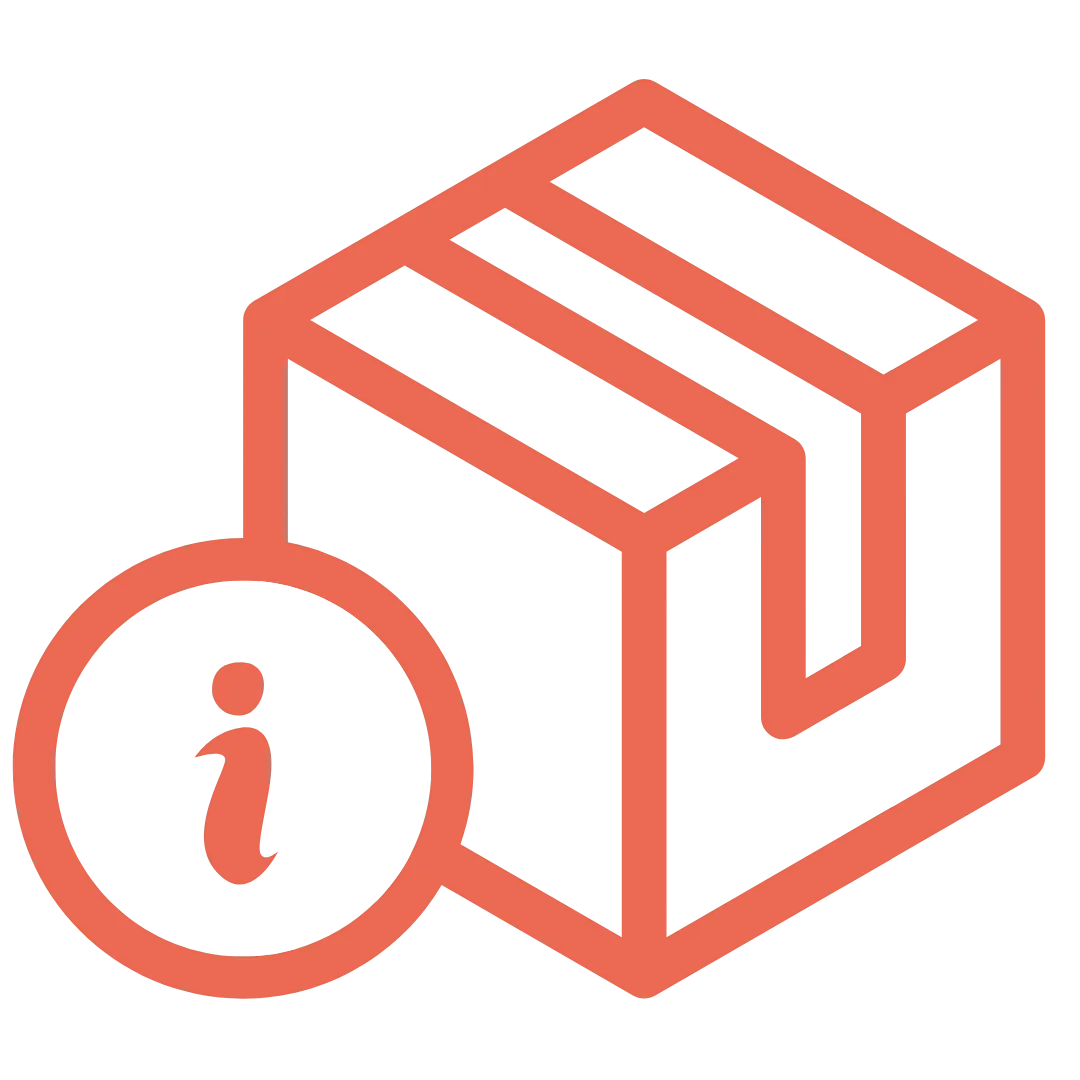
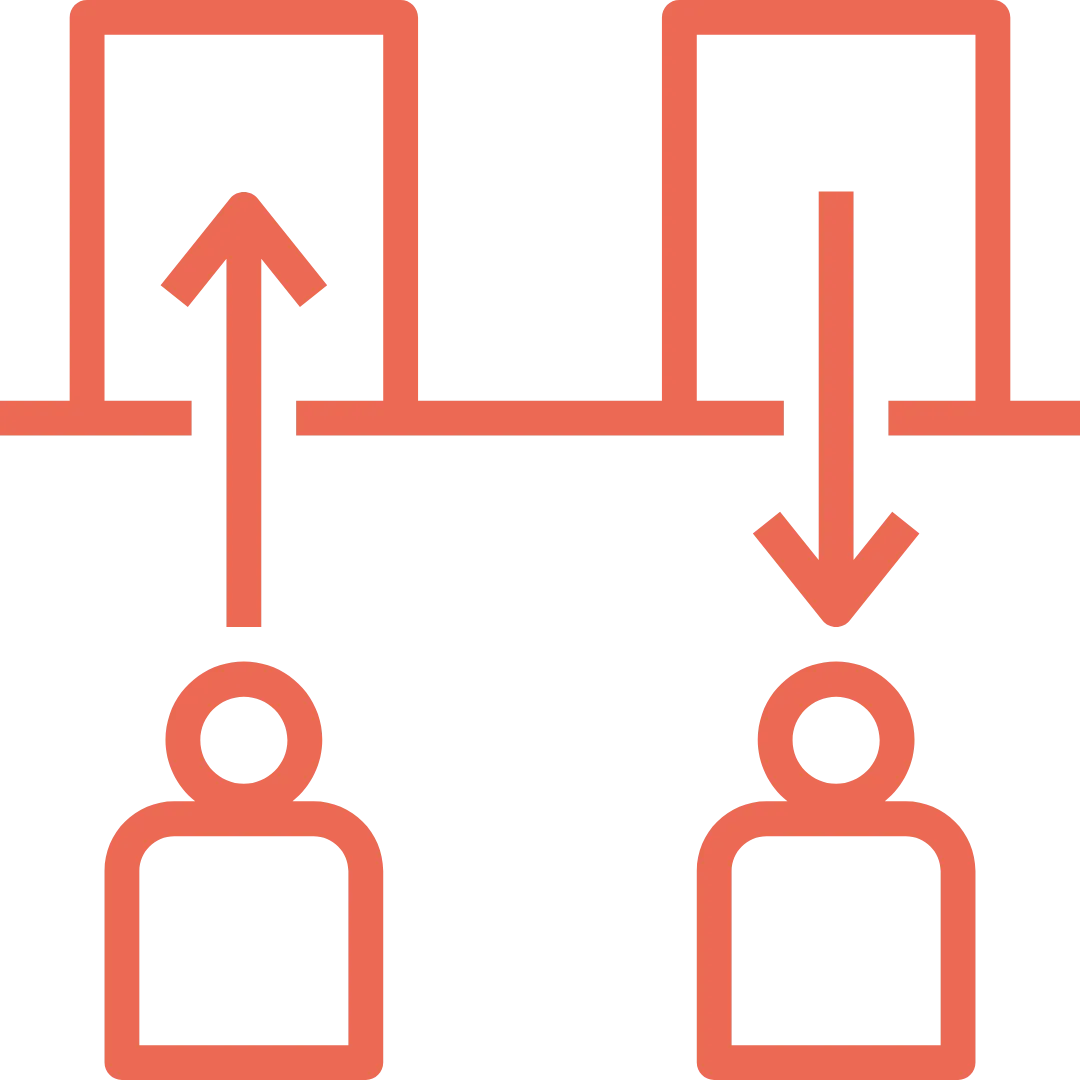
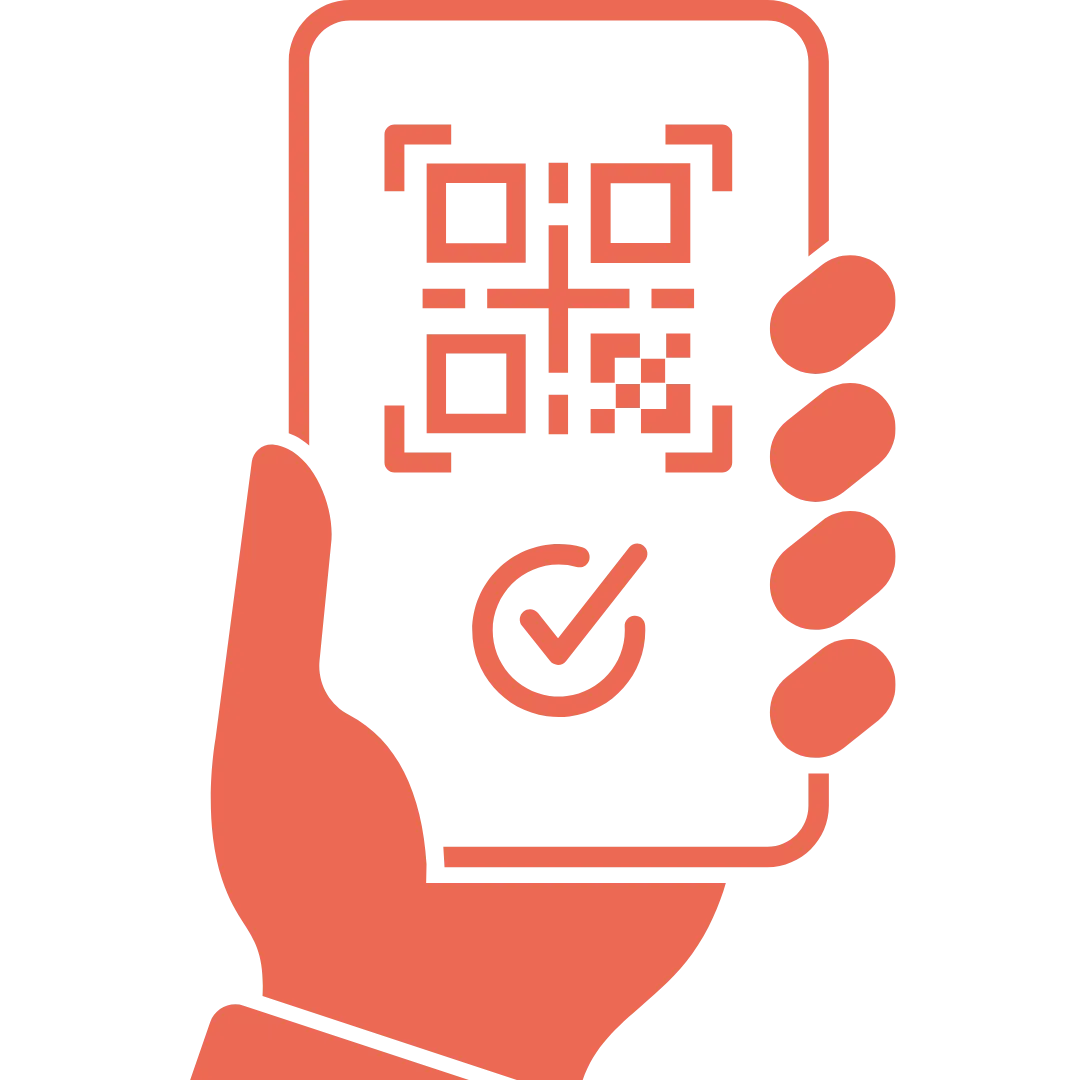








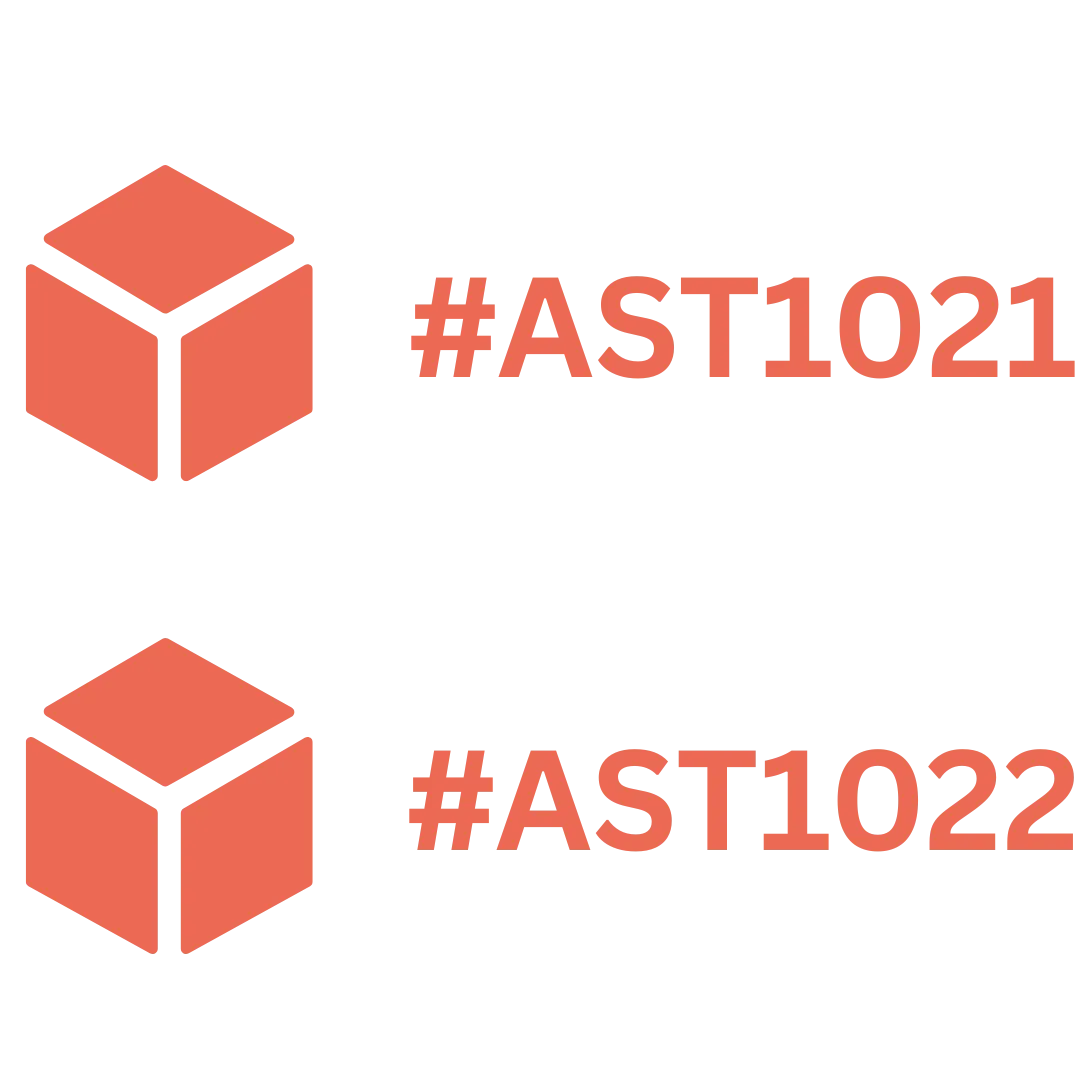
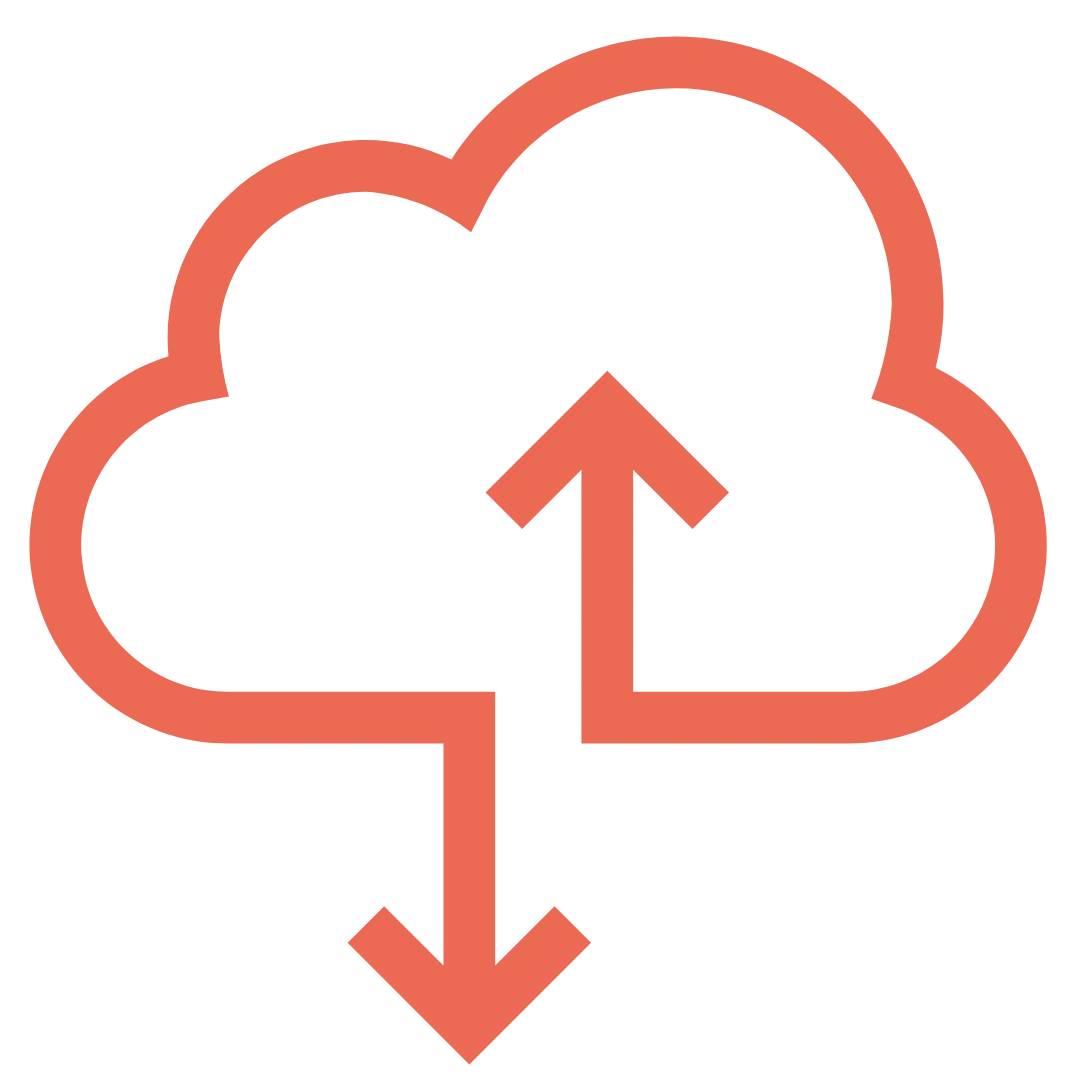




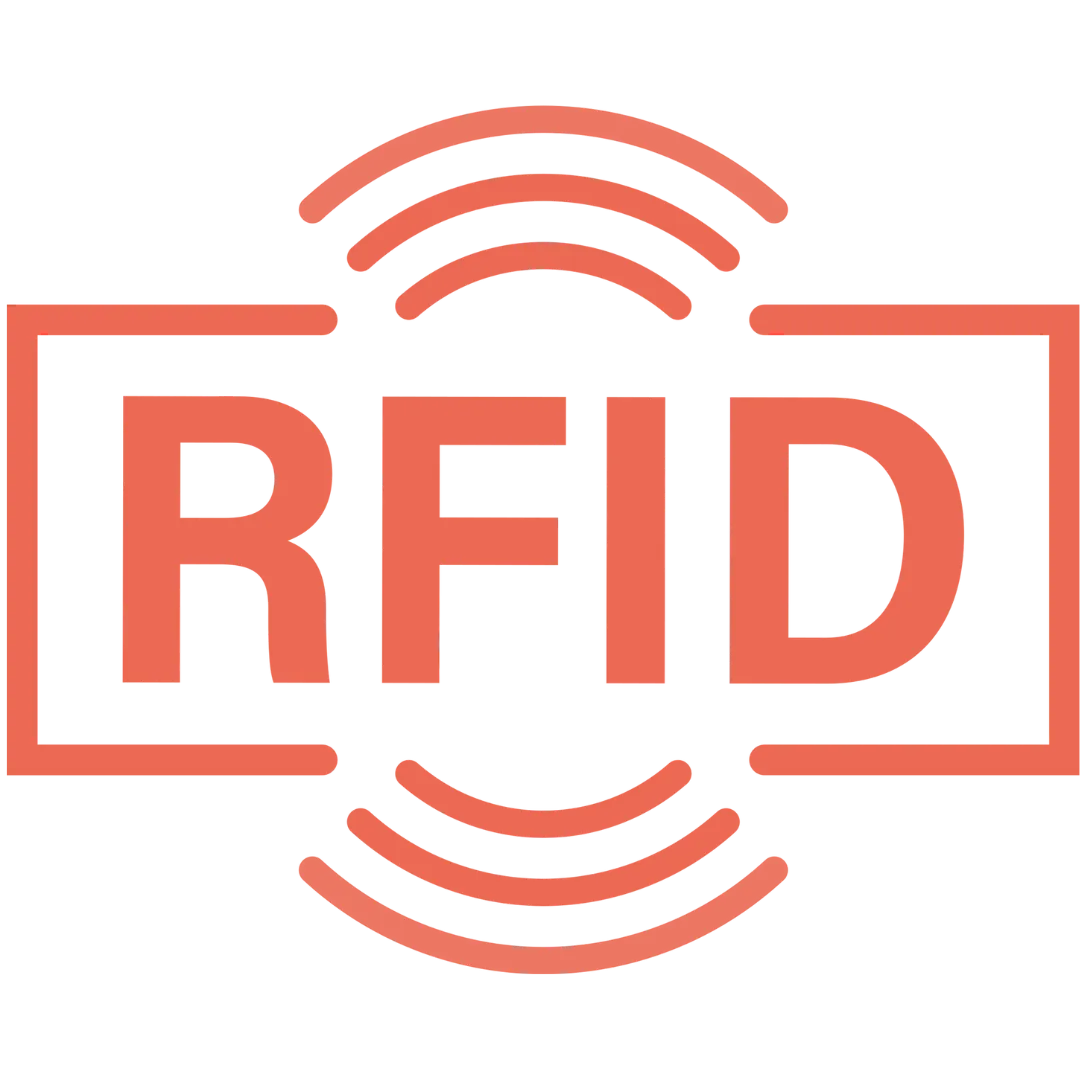

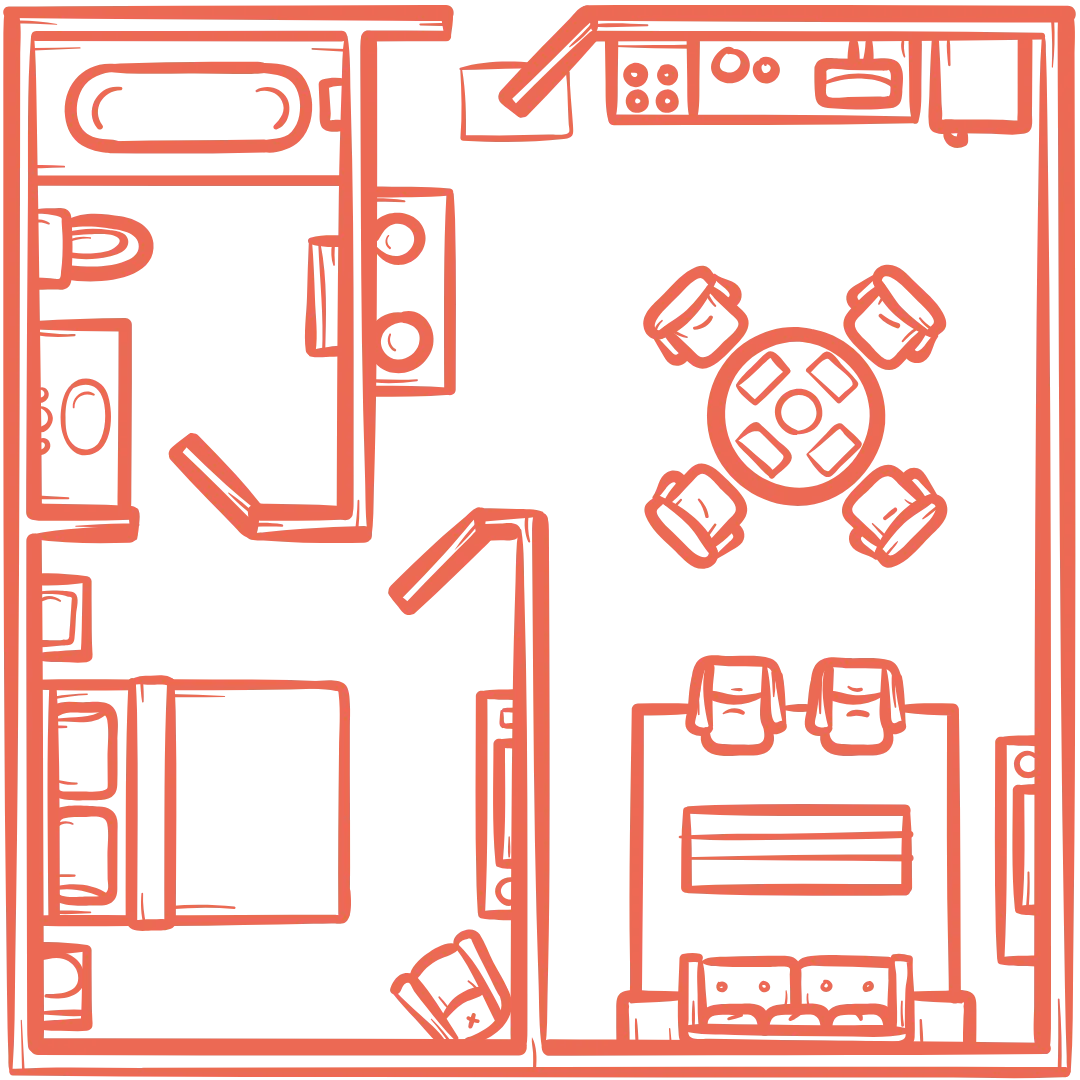




























.webp)
.webp)
.webp)
.webp)
.webp)
.webp)
.webp)
.webp)
.webp)

.svg)




.webp)
.webp)














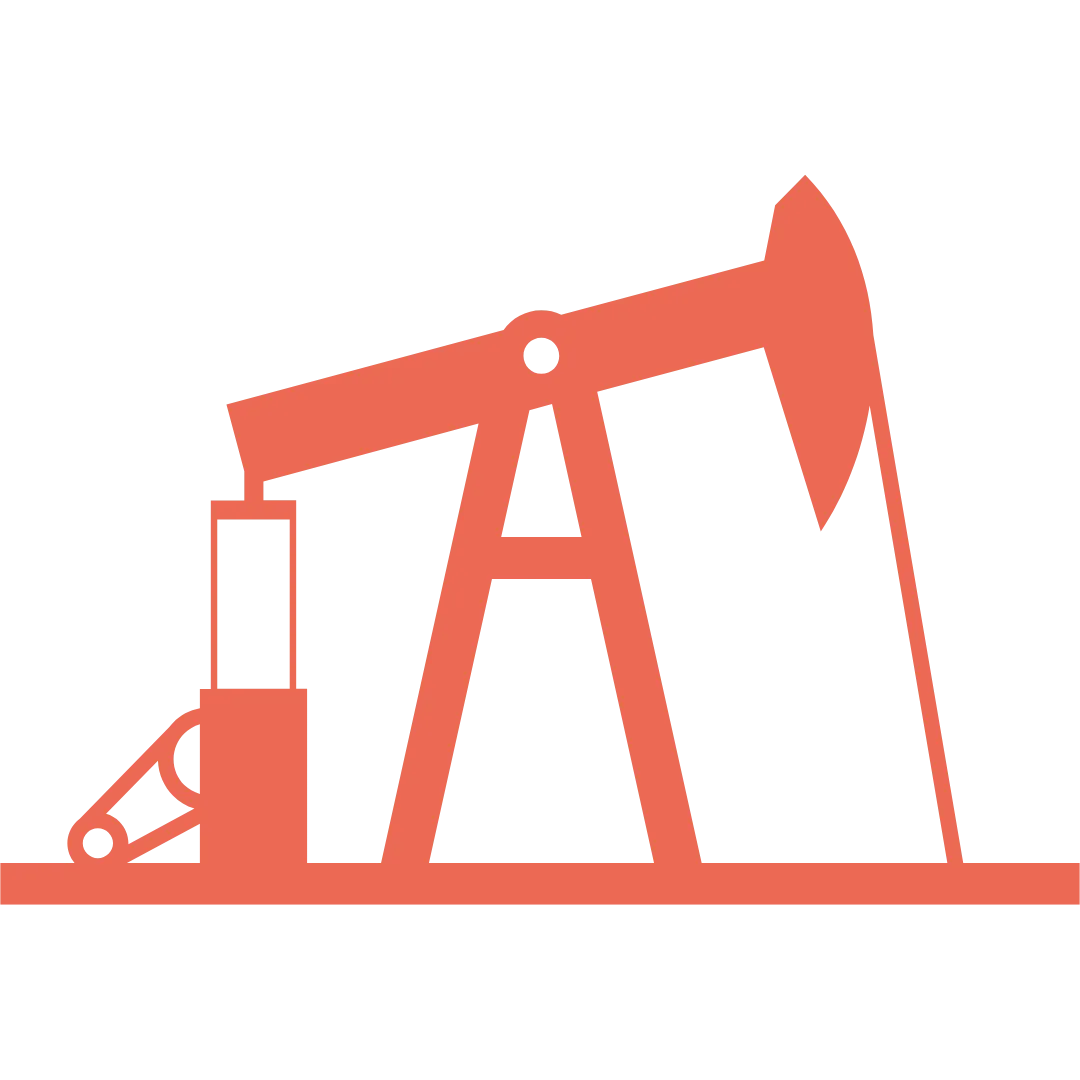




























.png)
.webp)


















